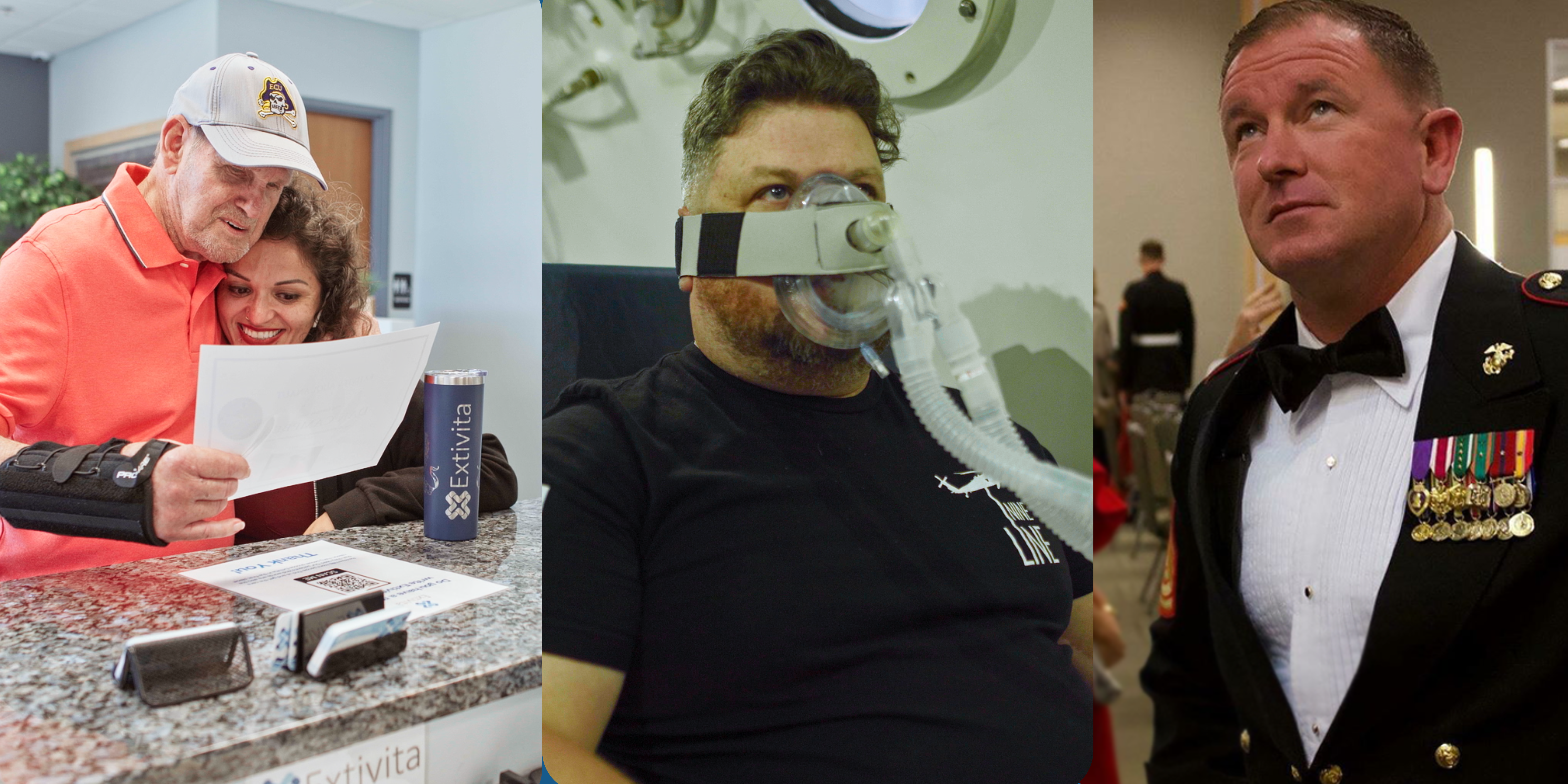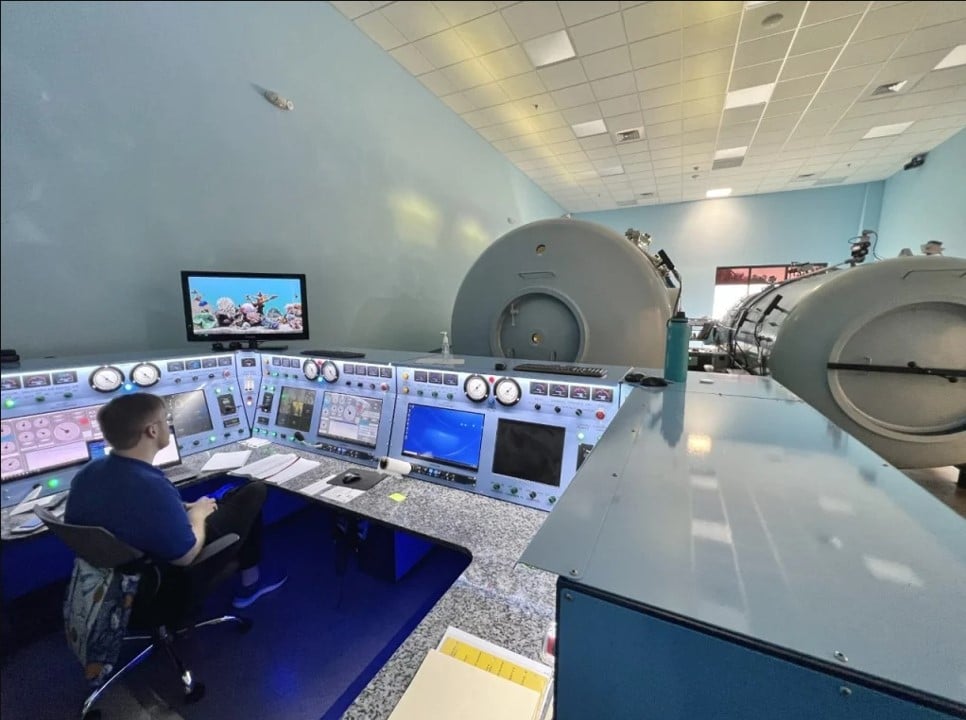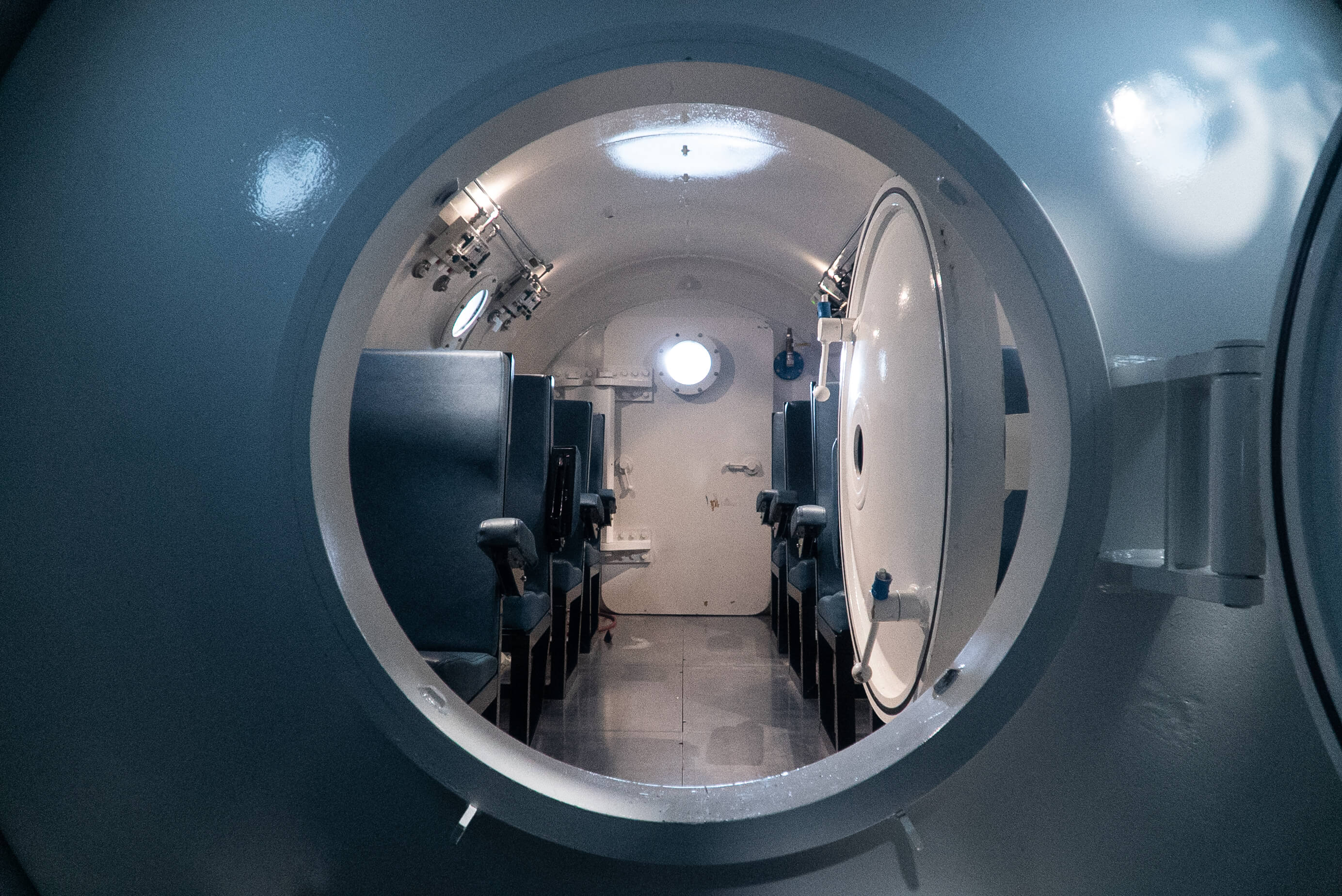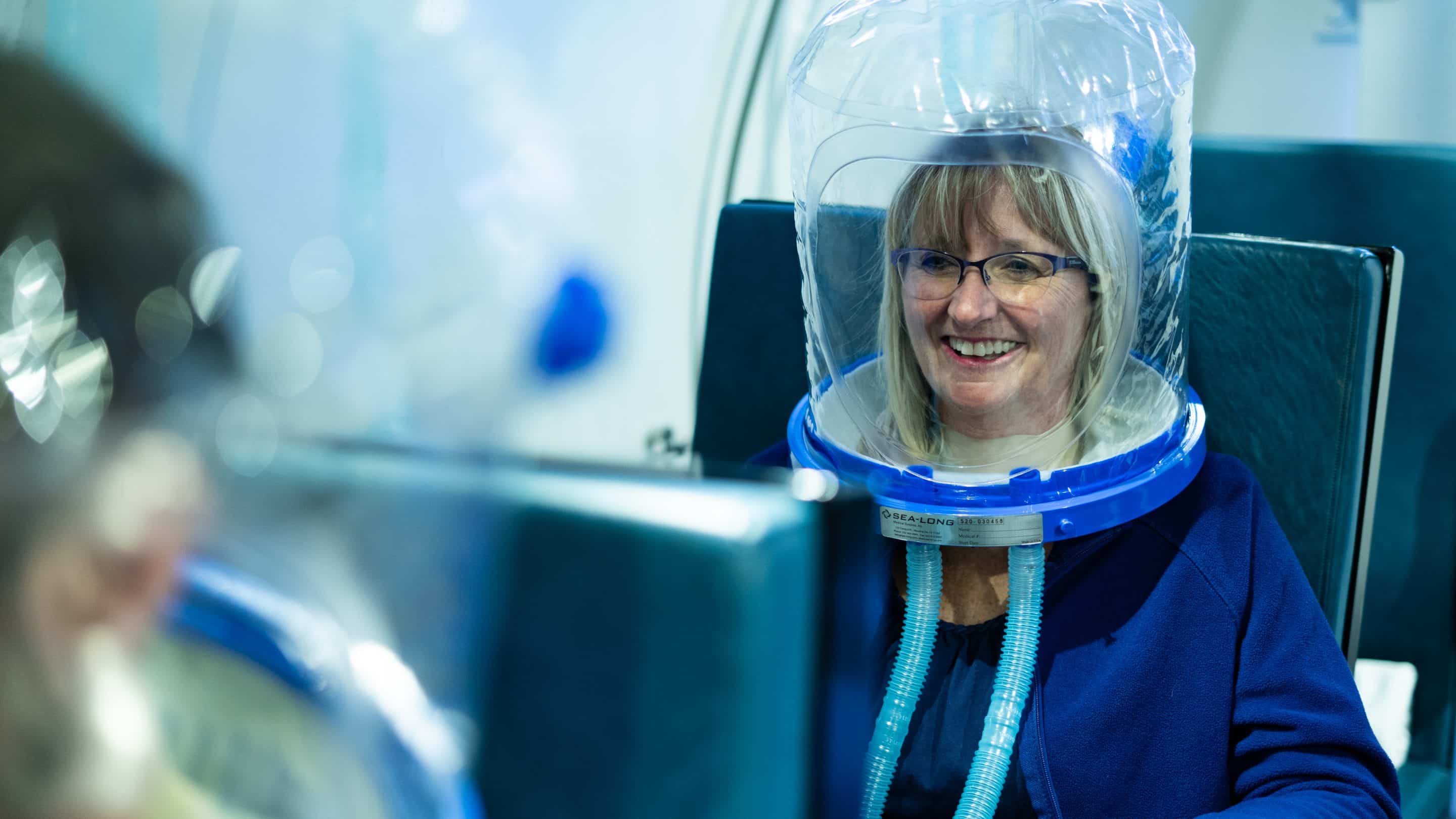Redefining our Approach to Reduce Veteran Suicide – An ordinary man’s extraordinary quest using Hyperbaric Oxygen Therapy
Just what is HBOT anyway?
With a history spanning over 100 years, why has it suddenly reemerged on the medical radar? HBOT’s roots surprisingly lie within the military, specifically with divers. Decompression sickness, a potentially fatal condition experienced by divers ascending too quickly, led to early explorations of HBOT in the 1940s. Divers themselves reported feeling rejuvenated and experiencing pain relief after HBOT sessions, sparking further research into its therapeutic potential. In essence, HBOT, as described by Dr. Paul Harch, MD, a prominent expert in the field, elevates oxygen levels, reduces inflammation, and promotes cellular repair. Dr. Harch, author of a comprehensive book on HBOT (Harch and McCullough, 2016), underscores the therapeutic principle that oxygen, when used effectively, significantly aids in repairing tissues damaged due to oxygen deprivation, which most often accompanies injury, especially serious injuries. In practice, participants undergo this therapy in a pressurized chamber, breathing in 100 percent oxygen to hyper-deliver oxygen to areas of the body capable of regeneration. Typically, this occurs over time, and dozens of dives. For Veterans grappling with TBIs or PTSD, often linked to suicidal ideations, HBOT becomes a transformative intervention. This progressive and alternative therapy stems from accurately viewing the brain as an organ capable of healing and treating it as an injury. As traditional medications targeting TBI/PTSD symptoms fall short in reducing suicide rates, this paradigm shift towards treating these conditions as injuries with healing potential through HBOT holds a potential promise of effective suicide prevention. In a comprehensive review of 125 studies linking inflammation in the brain to PTSD and suicidal ideations, experts concluded that inflammation plays a pivotal role in the pathophysiology of suicidal behavior (Serafini et al., 2013). Another crucial impact of Hyperbaric Oxygen Therapy (HBOT) on various brain dysfunctions is the reduction of neuroinflammation, (Gottfried et al., 2021). So, with Hyperbaric Oxygen Therapy (HBOT) showcasing its ability to reduce inflammation in areas of the body, is this underutilized modality deserving of a prominent role among frontline medical treatments? Hooker believes so.
The Hooker Effect.
After a fulfilling career in the Army, Hooker started his own consulting practice in systems acquisition support in the DC area. However, his heart was drawn to the plight of those returning from war, especially the families grappling with limited support while navigating life around their wounded warriors at Walter Reed, and Bethesda Military Hospital. Witnessing the struggles of individuals coping with lost limbs and lifelong disabilities, many embittered and questioning God’s role, Hooker saw an opportunity for positive intervention. Motivated by this challenge, he and his partner founded The Wounded in Action Family Foundation (WIAFF) as a response to the palpable despair experienced by these Veterans and their families. Hooker attributes his redirection in helping others to his wife, Maureen, with whom he has shared 58 years of marriage. She played a pivotal role in leading him to an individual who would once again reshape his path of altruism. In 2012, Hooker encountered Dr. Paul Harch who was treating Army Major Ben Richards with HBOT for battlefield blast injuries. Richards, grappling with severe brain injuries affecting speech, balance, memory, and more, became a poignant example of the potential impact of HBOT on the road to recovery. “He had been stopped by his wife from killing himself, “explained Hooker. “The three of us went out to dinner, and I took down Ben’s story in multiple pages of notes; it took until about 4 in the morning.” Hooker told Richards that he needed to share his story if he recovered from HBOT. Richards did indeed recover, and Hooker collaborated with Dr. Harch to help make a video, which they posted to YouTube, titled, “A Soldier’s Story of Combat and Homecoming.” Hooker never looked back from Richards’ recovery, “Dr. Harch and his prolific work became my mentor,” he reminisced.
When Hooker returned home, he approached his BOD to introduce HBOT into treatment options for wounded warriors. “Back in Washington the BOD’s remained committed to their position, which was to not use HBOT because it had not been approved by government for TBI/PTSD treatment,” he said. “I said I’m too old to try and change the government, and I want to pursue this therapy.” After a remarkable 36-year tenure in the Nation’s Capital, Jim Hooker and his wife moved south to North Carolina. There, he actively engaged with various Veteran organizations, including the American Legion. Through these connections, he encountered another key figure, Henry Hinton, a local celebrity, and TV announcer, who played a pivotal role in linking him with then NC State Representative, Dr. Greg Murphy, in Greenville. This juncture marked a crucial moment for Hooker, leveraging his extensive military background as a Navy officer, planner, and tactician. Seizing the opportunity, Hooker garnered overwhelming support from Representative Murphy to draft a legislative bill. Reflecting on their strategy sessions, Hooker proposed a bill authorizing the use of HBOT for TBI/PTSD military cases. Crucially, they deferred the request for funds until after the bill’s enactment, enhancing the likelihood of success by avoiding direct competition for funds. Representative Murphy endorsed the approach, and Hooker collaborated with a legislative bill writing group, providing them with a draft. The result, Bill HB-50, underwent minimal changes and was introduced in both houses, eventually signed into law on July 26, 2019, by the Governor.
By 2020, Hooker had connected and worked with two key North Carolinians, Edward diGirolamo, and Melissa Spain. The next year, with an initial 2021 state funding of $100k, the trio developed a plan to move HBOT forward with data collection that would give NC legislators facts to fuel future funding of treatment to Veterans. Entrepreneur diGirolamo had already built and opened Extivita, near the Raleigh Durham Airport, an HBOT Clinic that housed two large chambers to treat individuals. Originally, Spain used her contacts within the state legislature including the House speaker, to get 2021 funds. With the initial 2021 funding, Spain worked through HBOTforVeterans.com to advertise HBOT in eastern NC. To accomplish this advertising, Spain brought on a media expert, Mike Weeks, who was able to achieve in just over a month, 31 applications, treating 16 patients who provided full data results to report to the state legislature. In 2022, the state legislature provided $150k, and in 2023, an additional $500k to treat Veterans with TBI’s and PTSD on a wider scale.
The Entrepreneur and Self-Proclaimed Disrupter
diGirolamo concurrently developed a larger plan to make HBOT accessible to every North Carolina TBI/PTSD wounded Veteran family. “Ed has designed an eight-seat HBOT chamber which will be marketable for approximately $500K,” said Hooker. “He has hired a team, including a former state Senator’s chief of staff to plan and oversee the distribution of these in 20 key locations throughout the state.” Under the newly developed 501(c)(3) nonprofit,HBOT4Heroes.org, the plan includes presenting this to legislators with the acknowledgment that establishing a clinic in their district demands local commitment, staffing, and, of course, funds. diGirolamo’s Extivita center will oversee treatment protocol, testing, and reporting, aiming to integrate the entire state into the treatment arena. While this vision may seem lofty, Hooker, diGirolamo, and Spain share a common core faith, believing that their work is propelled by the fact that they are doing God’s work. “It is a model for the country to bring home the million plus TBI/PTSD wounded military families, and alter military suicide rate,” explained Hooker. “And all of it applies to first responders, and all the others whose lives have become dysfunctional because of an injured brain.”
The Pivotal Question
Should our VA medical system embrace this alternative, progressive therapy, especially when conventional approaches like medications and counseling fail to curb rising suicide rates? “Hooker encountered consistent resistance when proposing HBOT treatment within the VA health care system. “It’s not part of the standard of care by the VA to treat TBI/PTSD,” he noted. “The decision to utilize HBOT lies with individual clinics or treatment centers, and it’s at their discretion.” The Veterans Health Administration (VHA), as the largest integrated health care system in the United States, oversees 1,321 health care facilities, including 172 VA Medical Centers and 1,138 outpatient sites, serving over nine million Veterans enrolled in the VA health care program (Veterans Health Administration, n.d.). Given its history of supporting military personnel and its commitment to innovative solutions, the Veteran Administration (VA) is uniquely positioned to champion HBOT for Veterans. The VA has a proven track record of adopting new technologies and treatments even before widespread adoption, such as virtual reality for rehabilitation and pain management. This ‘leaving no stone unturned’ approach could prove vital in addressing Veteran suicide. HBOT is not specifically FDA-approved for suicide prevention. However, no FDA-approved medications currently exist for suicide prevention, and HBOT is less expensive than many patented medications, with little to no side effects, unlike many chemical drugs used to treat TBI symptoms. The potential key to success might lie in VA Medical Center Directors allocating funds for the implementation of this therapy, akin to the support granted to other alternatives like acupuncture and massage, currently funded within the VA’s Whole Health Model of Care (VA.gov | Veterans Affairs, n.d.).
Embracing HBOT as a Paradigm Shift
And so, it all began with an ordinary individual achieving something truly extraordinary. Jim Hooker, a catalyst for changing our approach to treating wounded Veterans, is driven by an urgent commitment to see transformative initiatives through. Despite his pivotal role, Hooker humbly regards himself as the least crucial member of the team turning this dream into reality. Instead, he deflects credit to those like Dr. Harch, diGirolamo, and the HBOT team. He acknowledges the necessary deployment of multiple millions of dollars, exceptional skills, and unwavering dedication to formulate a plan that promises to make HBOT accessible to every North Carolina TBI/PTSD wounded Veteran family in the coming years. As Hooker’s eyes twinkle, he reflects on how what seemed an unthinkable goal just four years ago is now undeniably within reach.
References
-
- Harch, P. G., MD, & McCullough, V. (2016). The Oxygen Revolution, third edition: Hyperbaric Oxygen Therapy: The Definitive Treatment of Traumatic Brain Injury (TBI) & Other Disorders. Hatherleigh Press.
- The U.S. Department of Veterans Affairs (VA). (2023). Department of veteran Affairs (VA) 2023 National Suicide Prevention Annual Report. https://news.va.gov/press-room/va-releases-2020-national-veteran-suicide-prevention-annual-report/. Retrieved February 2, 2024, from https://www.mentalhealth.va.gov/docs/data-sheets/2023/2023-National-Veteran-Suicide-Prevention-Annual-Report-FINAL-508.pdf#.
- Serafini, G., Pompili, M., Seretti, M. E., Stefani, H., Palermo, M., Coryell, W., & Girardi, P. (2013). The role of inflammatory cytokines in suicidal behavior: A systematic review. European Neuropsychopharmacology, 23(12), 1672–1686. https://doi.org/10.1016/j.euroneuro.2013.06.002
- Gottfried, I., Schottlender, N., & Ashery, U. (2021). Hyperbaric Oxygen Treatment—From Mechanisms to Cognitive Improvement. Biomolecules, 11(10), 1520. https://doi.org/10.3390/biom11101520
- Veterans’ Health Administration. (n.d.). VA.gov | Veterans Affairs. https://www.va.gov/health/aboutvha.asp#:~:text=The%20Veterans%20Health%20Administration%20(VHA,Veterans%20enrolled%20in%20the%20VA
- VA.gov | Veterans Affairs. (n.d.). https://www.va.gov/wholehealth/professional-resources/clinician-tools/library-research-articles/Massage-Therapy.asp
Read More
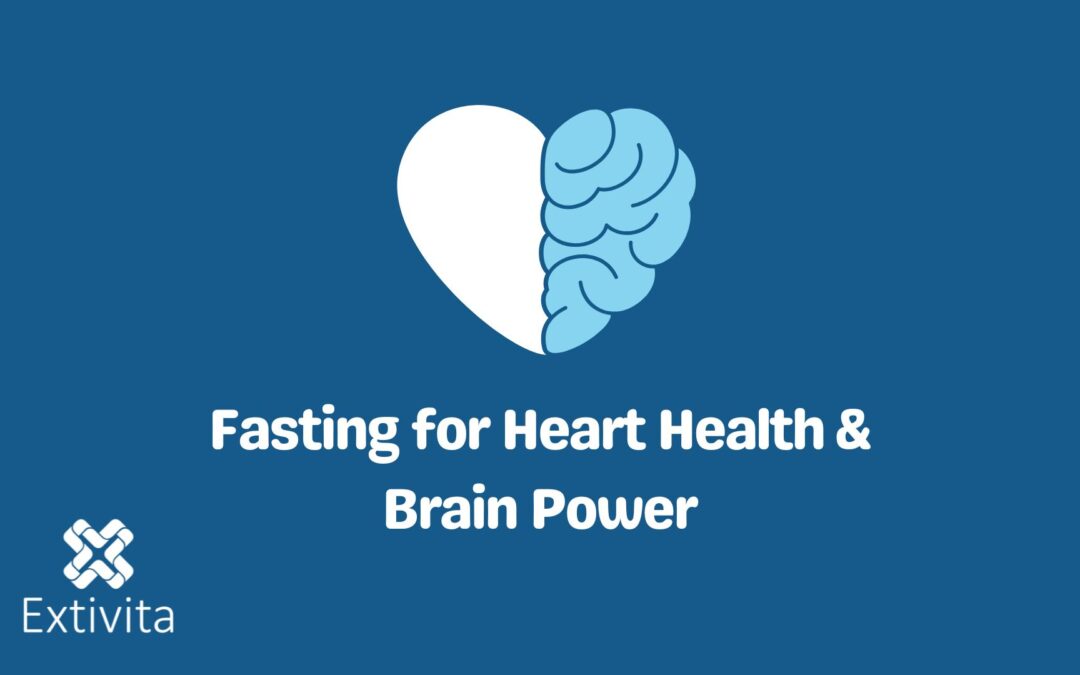
Fasting for a Healthy Heart and Brain
Fasting has gained popularity not only for weight loss but also for its profound impact on heart health. Research suggests that periodic fasting can help lower blood pressure (BP), triglycerides, and cholesterol levels, all of which contribute to a healthier...
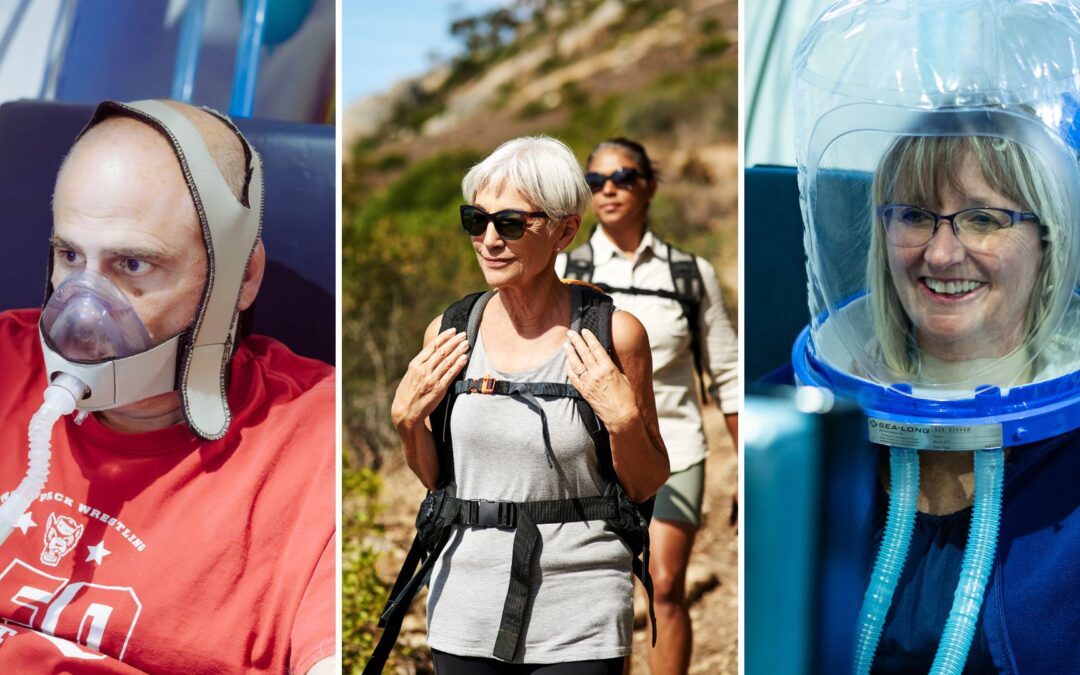
The Science of Fasting: Insulin Resistance, Cellular Repair & Anti-Aging
Fasting has gained widespread attention in the health and wellness community for its profound impact on metabolism, cellular regeneration, and longevity. Scientific research reveals that fasting not only reduces insulin resistance and stabilizes blood sugar but also...

Fasting Benefits: Types, Differences, and Health Advantages
Fasting has been practiced for centuries for religious, spiritual, and health reasons. In recent years, scientific research has illuminated its profound effects on longevity, metabolic health, and cellular repair. At Extivita, we recognize the benefits of fasting and...

